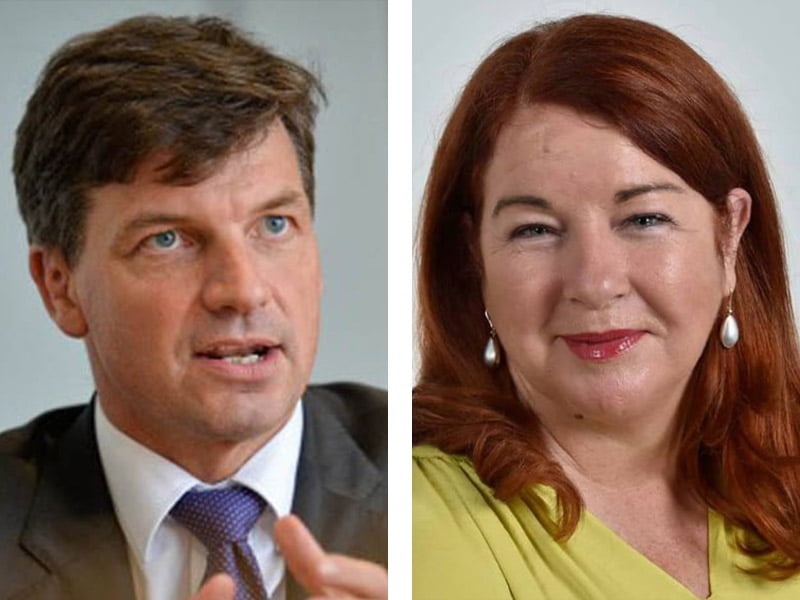Defence Industry Minister Melissa Price will take control of the CSIRO and the Australian Space Agency while Energy Minister Angus Taylor will oversee the $1.3 billion Modern Manufacturing Initiative under their new roles following this month’s reshuffle.
Last week, Prime Minister Scott Morrison announced that the position of Minister for Industry, Science and Technology, briefly held by Christian Porter, would be split in two as part of a ministerial reshuffle.

As part of the rejig, Angus Taylor has added industry to his energy and emissions reduction role, while Melissa Price has scored technology and science to go with her defence industry responsibilities.
Since the announcement was made, negotiations have taken place with the Department of Prime Minister & Cabinet to determine how the various industry department programs and agencies will be allocated, with industry stakeholders eagerly awaiting a decision on many of the key policies.
A spokesperson for the Department of Industry, Science, Energy and Resources confirmed to InnovationAus that the new Minister for Science and Technology, Ms Price, will take control of CSIRO, the Australian Space Agency and the Office of the Chief Scientist, among other science-related agencies.
Ms Price also has responsibility for technology policy including the digitisation of business, engagement on the digital economy and emerging technologies such as artificial intelligence.
Responsibility for the Digital Economy, including Digital Economy Strategy remains with Minister Jane Hume. The two Ministers continue to work together on areas of overlap, including digitalisation of business, advancement and adoption of emerging technologies.
New Minister for Industry Angus Taylor will take control of the Entrepreneurs’ Programme and the Modern Manufacturing Initiative, among other industry responsibilities.
Mr Taylor will also oversee the research and development tax incentive, the federal government’s core support mechanism for the tech sector.
The Entrepreneurs’ Programme, currently subject to a national audit office probe, has so far dished out $140 million in contracts since it was launched in the 2014-15 budget. The program aims to support businesses to grow, innovate and commercialise, and includes four service delivery elements: Business Management, Innovation Connections, Incubator Support and Accelerating Commercialisation.
While he will oversee the program, Mr Taylor will not have final sign-off on grants issued under the $1.3 billion Modern Manufacturing Initiative, with Mr Morrison to controversially have final approval.
The Industry Growth Centres will also be under Mr Taylor’s remit. It’s a pivotal time for the industry centres, which launched in 2013 and are expected to soon be self-reliant. The federal government is still considering a 2020 review of the scheme to determine its future.
Former industry minister Christian Porter has previously refused a Senate motion ordering him to table the 2020 “initial impact evaluation” report, claiming it was still being considered. Mr Taylor will now have to consider this report to determine the future of the growth centres.
The final location of other agencies within the department still remains unclear.
The recently-renamed Industry Innovation and Science Australia could be the most contentious, with the independent statutory board created for the exact purpose of straddling the line between industry and science, and could realistically go to either of the new ministers.
Clarification: An earlier version of this article indicated Science and Technology Minister Melissa Price had been given responsibility for the Digital Economy Strategy. While component parts of Ms Price’ responsibilities digital issues, the overall Digital Economy Strategy remains with the Minister for The Digital Economy Jane Hume within the Treasury portfolio.
Do you know more? Contact James Riley via Email.


Presumably under Taylor the MMI will become the Massive Mining Initiative?